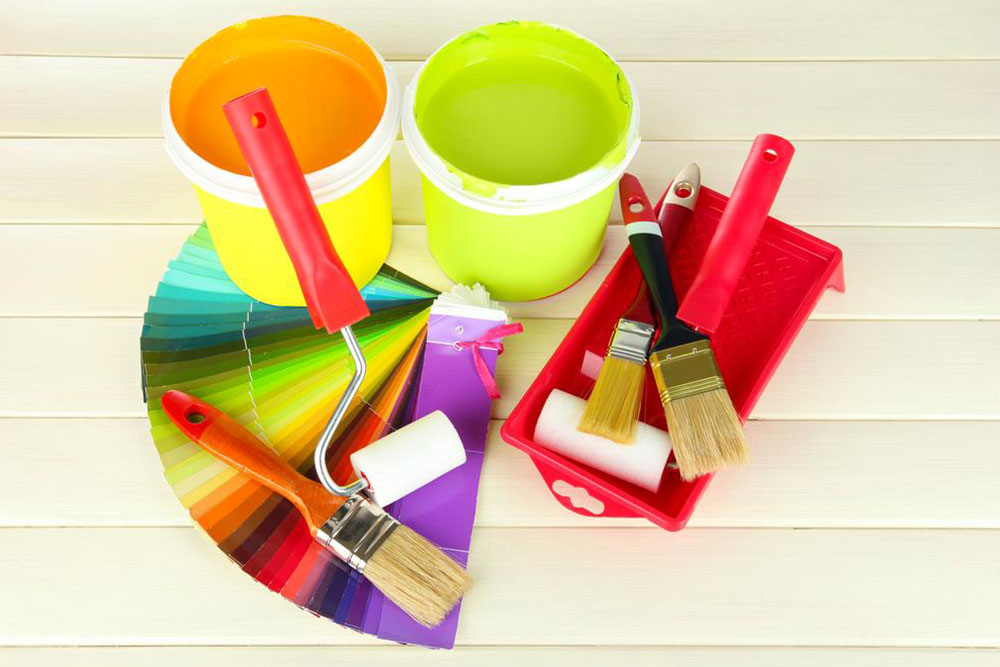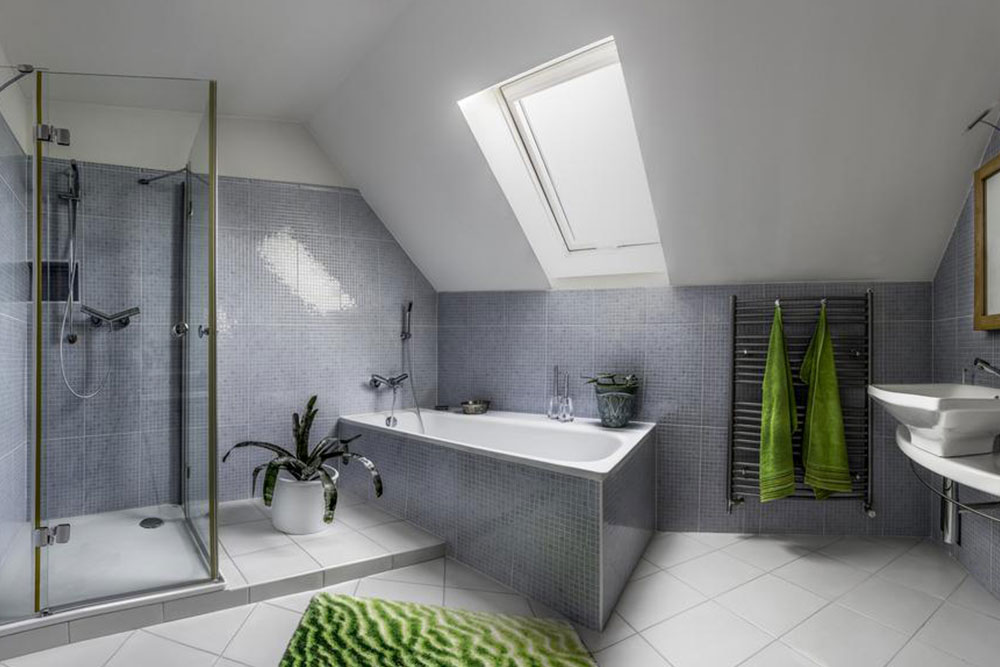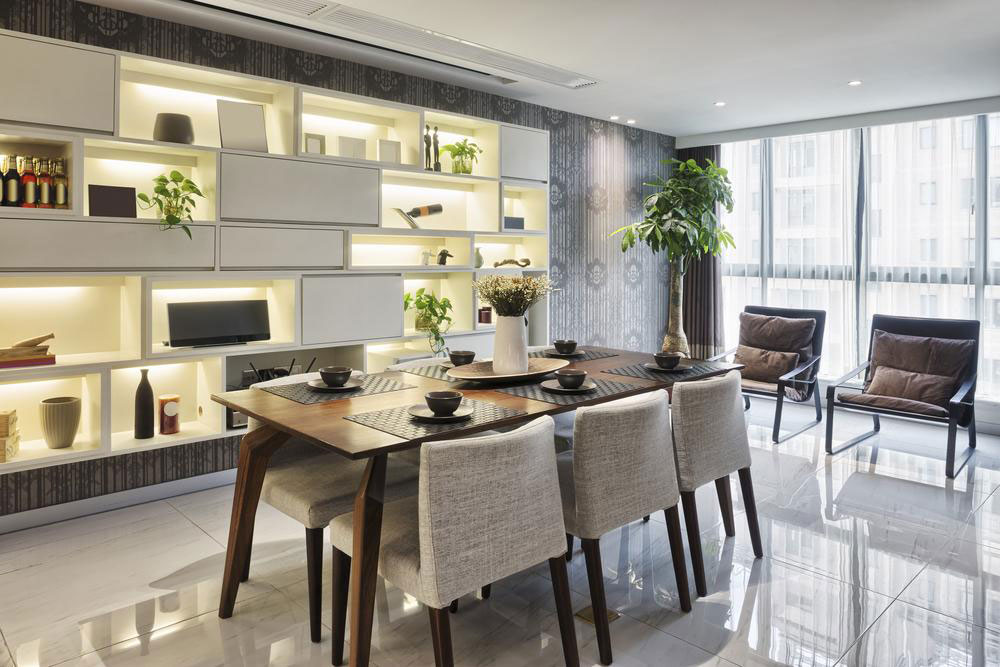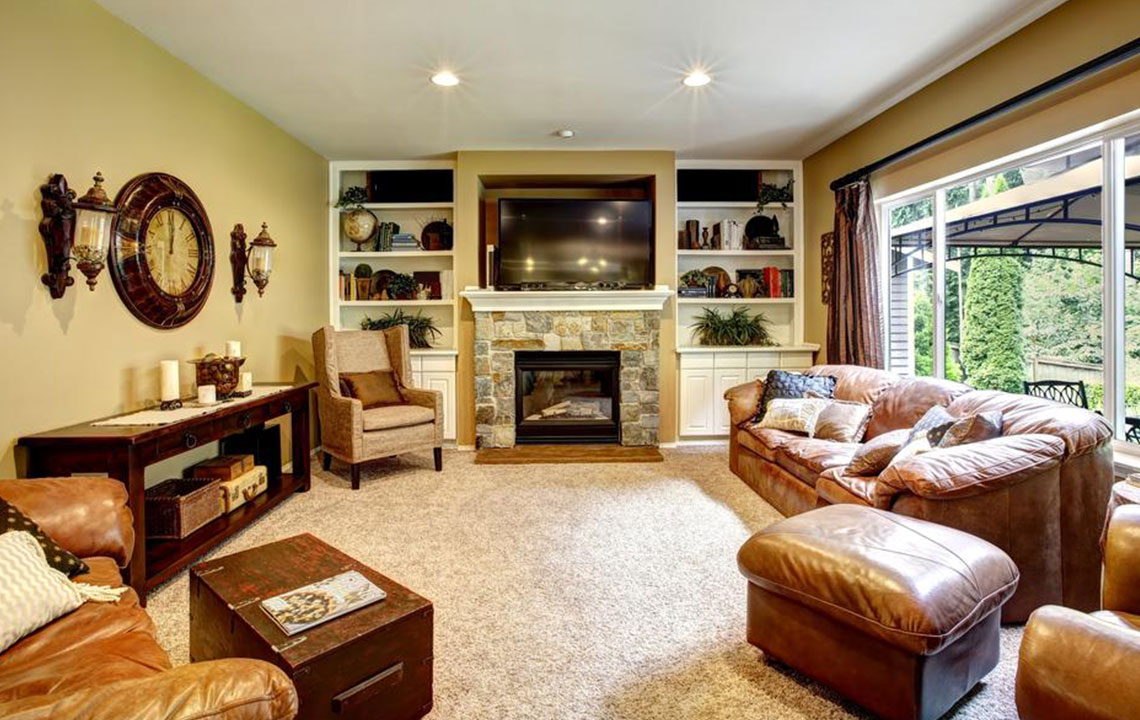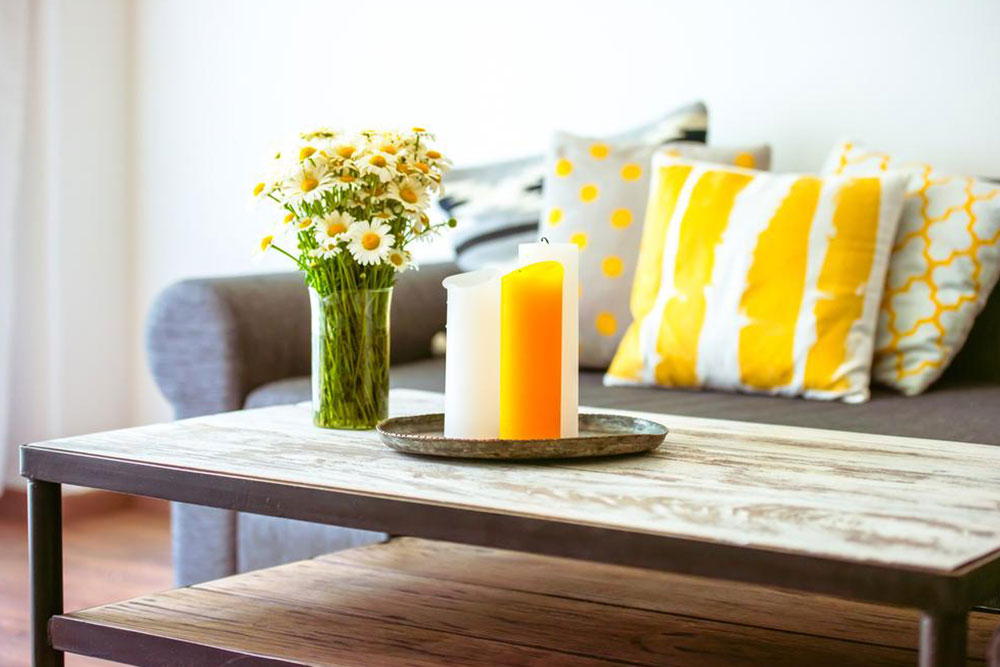Selecting the Perfect Colors for Your Kitchen Cabinets
Discover expert tips on choosing the perfect colors for your kitchen cabinets. From vibrant blues and yellows to sleek blacks and calming grays, learn how to create a kitchen that reflects your style and personality. This guide offers practical advice on color schemes, pairing options, and design ideas to transform your cooking space into a vibrant, welcoming environment.
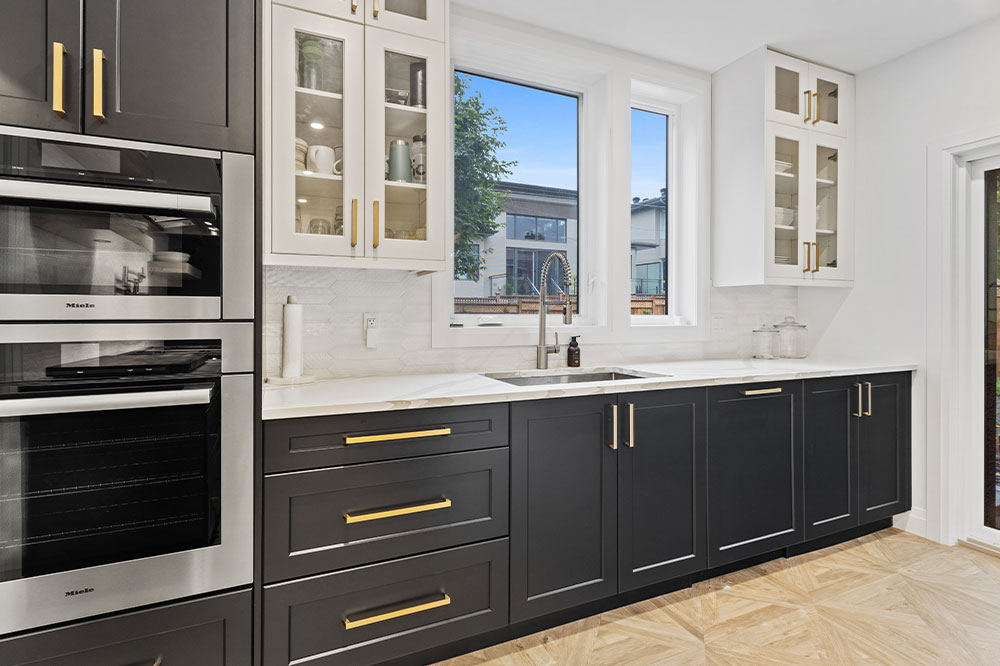
Selecting the Perfect Colors for Your Kitchen Cabinets
The kitchen is the core of your home, where much of your daily activity happens. Choosing the right paint colors for your cabinets can be daunting, whether you're designing a new kitchen or updating existing cabinets. For new setups, cabinet colors should complement backsplash tiles, countertops, islands, and accessories. When remodeling, consider your current color scheme. Since kitchen cabinets occupy about 40% of the visual space, their colors significantly influence the overall look. The chosen hue should reflect your environment, interior decor, and personal style.
Experiment with colors to inject personality into your kitchen.
When picking cabinet paints, keep these tips in mind to create a stunning impact. You can select from the seven fundamental colors or mix bold shades like blue, green, red, or yellow with neutrals for a balanced look. Brighten up a neutral background with vibrant cabinet colors for an eye-catching style.
Blue
Blue offers a vast range of shades—from teal to aquamarine—evoking harmony and freshness. It brings a lively vibe to the space, especially when paired with green tones inspired by nature. Bright blue works well in sunlit kitchens, while softer shades suit darker spaces. Combining blue with chocolate accents creates a classic yet modern aesthetic, and a monochrome palette can keep the design sleek and sophisticated.
Infuse your kitchen with warmth by choosing yellow hues. | Bright yellow shades brighten up a north-facing or windowless kitchen, adding cheerfulness and energy. Pair yellow cabinets with beige countertops and lime green backsplashes for a lively atmosphere. You can also opt for subtle honey tones to create a cozy, inviting space.
Black cabinets lend a regal and striking touch. When balanced with warm or metallic accents like bronze knobs and sand-colored countertops, they create a luxurious look. Glossy black finishes reflect light for a contemporary effect, especially when combined with sophisticated hardware and lighting.
Red cabinetry adds vibrancy and boldness to your kitchen. It makes a statement alongside white countertops and stainless steel appliances. Lighter reds or coral shades create a lively environment, while darker reds bring drama—but require more maintenance and cleaning due to dust visibility. Choose shades that reflect your style and lifestyle.
Green cabinets bring a refreshing vibe to your kitchen. Earthy tones like sage, Kelly green, or apple green create inviting and casual spaces. Dark accents such as black or dark wood enhance the look, while metallic accessories add a rugged touch. The right shade of green can evoke tropical warmth or serene freshness, depending on your taste.
Gray cabinets exude calmness and sophistication. Despite being subtle, they add depth and elegance to any kitchen. Paired with stainless steel or chrome highlights, gray creates a modern, timeless look, especially in spaces seeking a serene and polished atmosphere.
Orange provides a lively, energetic feel. Its warm, citrus tone enlivens your kitchen, especially when contrasted with cool-colored walls like blue or white. This color is perfect for a fresh and upbeat vibe, making the space feel vibrant and inviting.
White remains a classic choice, delivering a clean, airy, and peaceful ambiance. Bright white or creams work well in small or dimly lit kitchens, enhancing space and light. The neutrality of white makes it versatile and timeless, suiting any decor style and personal preference.
Choose the color that resonates with your personality and creates happiness in your kitchen!
Note:
The information shared here is sourced from our diverse blog offerings, providing helpful, practical insights. Readers should view these as guidelines rather than definitive solutions. The editorial team is not responsible for data discrepancies or inaccuracies on other platforms. Additionally, some promotional schemes or offers may differ and could be more advantageous elsewhere.

